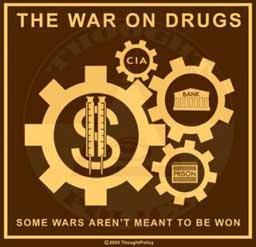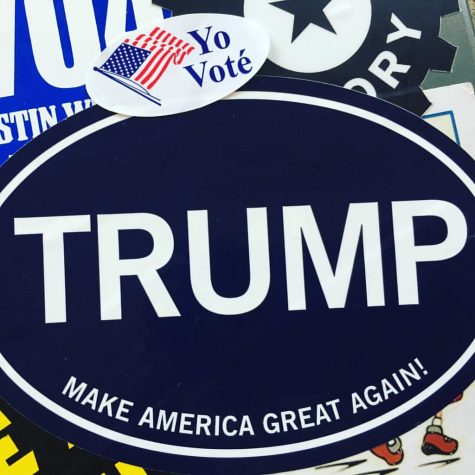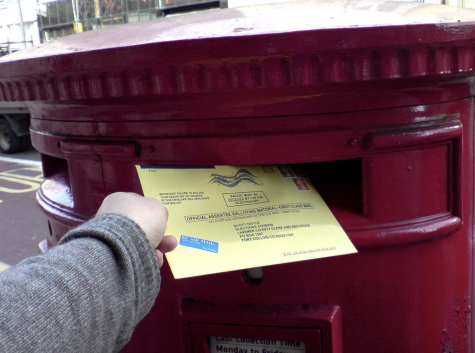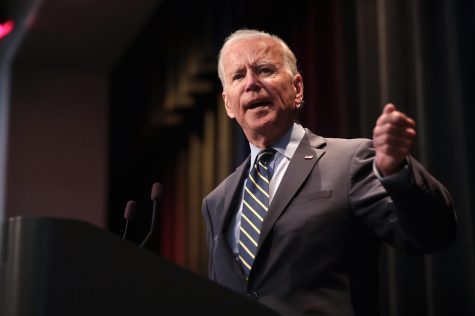What Can We Learn From the History of the War on Drugs?

May 1, 2019
Numerous drugs, including cannabis, opium, coca, and psychedelics that are today classified as illegal were actually in popular use for thousands of years as medicinal and spiritual aids. The decision to identify certain drugs as illicit often have little or no basis in a scientific assessment of the health-based risks of these drugs. Instead, drug policy is largely based on what ethnic communities have been associated with these drugs. Familiarizing ourselves with the history of the “War on Drugs” will help us to identify the role that politics have traditionally played in creating our drug policies in the United States. We must work together to take politics out of our drug policies and let scientific research guide our legislation.
Some examples:
1870s: The first US anti-opium laws passed were targeted at Chinese immigrants.
Early 1900s: The first anti-cocaine laws to pass in the South were directed at black men.
1910s and 1920s: The first anti-marijuana laws to pass in the Midwest and the Southwest were directed at Mexican migrants and Mexican Americans.
Present Day: Latinx and black communities continue to be subjected to drug enforcement and harsh sentencing practices at a highly disproportionate rate to the rest of the American population.
1960s:
As drugs became culturally identified as symbols of rebellion, social upheaval, and political dissent, the government under President Nixon ordered an end to all scientific research involved in evaluating the medical safety and efficacy of drugs. Nixon officially declared the “war on drugs” in 1971 with a drastic increase and intensification of federal drug control agencies and pushed through legal measures such as mandatory sentencing by the courts.
1970s:
In 1972, Nixon set up a commission led by Republican Pennsylvania Governor Raymond Shafer to review his temporarily identifying marijuana as a Schedule One drug, which is the most restrictive category of drugs. This commission came back with a unanimous decision, recommending that marijuana be declassified as a Schedule One drug and possession and distribution of marijuana be entirely decriminalized. Nixon overruled the commission’s recommendations.
The 1970s saw the beginning of a movement across numerous states to decriminalize marijuana possession, with eleven states officially voting to decriminalize. In 1977, President Carter ran on a platform that included marijuana decriminalization, and the Senate Judiciary Committee voted to decriminalize possession.
The 1980s and 90s:
Under President Reagan, rates of incarceration began skyrocketing due to the tremendous expansion of the drug war. The number of individuals incarcerated for nonviolent drug offenses rose from 50,000 in 1980 to over 400,000 by 1997.
Nancy Reagan’s highly-publicized anti-drug campaign with the catch-phrase, “Just Say No,” laid the groundwork for the development of the zero tolerance policies implemented in the 1980s. These increasingly draconian drug policies blocked the development and expansion of syringe access programs and other policies based on the premise of harm reduction in order to address the spread of HIV/AIDS. As soon as President Clinton took office, he too worked to escalate the drug war. He rejected a U.S. Sentencing Commission recommendation to eliminate the disparity between crack and powder cocaine sentences as well as Health Secretary Donna Shalala’s advice to put an end to the federal ban on funding for programs offering syringe access.
2000-Present:
As President George W. Bush allocated a record amount of funding to promote student drug testing, the country saw the rapid rise of overdose fatalities despite the fact that rates of illicit drug use remained constant. This era also saw a the militarization of domestic drug law enforcement, and by the end of his term there were 40,000 paramilitary-style SWAT raids on Americans each year for what were primarily nonviolent drug law misdemeanors. As a response to this heightened and frightening escalation of the drug wars, state-level reforms to the drug laws began to be seen.
In recent years, public support has shifted in favor of health-based approaches to drug-reform and the decrease of criminalization in drug policy.
As a response to the escalating overdose epidemic, dozens of U.S. states have recently passed laws that facilitate access to naloxone, the overdose antidote, in addition to what are known as “911 Good Samaritan” laws which are designed to encourage people to seek medical help during an event of overdosing.
Despite this progress, 700,000 people a year continue to be arrested for marijuana offenses and there remain 500,000 people currently incarcerated for a misdemeanor drug law violation.
The War On Drugs Facts:
Amount spent annually in the U.S. on the war on drugs: $47 billion
Number of arrests in 2017 in the U.S. for drug law violations: 1,632,921
Number of drug arrests that were for possession only: 1,394,514 (85.4 percent)
Number of people arrested for a marijuana law violation in 2017: 659,700
Number of those charged with marijuana law violations who were arrested for possession only: 599,282 (90.8 percent)
Percentage of people arrested for drug law violations who are Black or Latino: 46.9% (despite making up just 31.5% of the U.S. population)
Number of people in the U.S. incarcerated in 2016: 2,205,300 – the highest incarceration rate in the world
Number of people in the U.S. incarcerated for a drug law violation in 2016: 456,000
Number of people in the U.S. who died from an accidental drug overdose in 2017: 72,000
Number of people killed in Mexico’s drug war since 2006: 200,000+
Number of people killed in the Philippines drug war since 2016: 12,000+
Number of students who have lost federal financial aid eligibility because of a drug conviction: 200,000+
The Centers for Disease Control and Prevention found that syringe access programs lower HIV incidence among people who inject drugs by: 80 percent
Tax revenue that drug legalization would yield annually, if currently-illegal drugs were taxed at rates comparable to those on alcohol and tobacco: $58 billion
These and additional facts found at the Drug War Facts website.
New ways to measure effective drug policies:
The primary metric for measuring the success of our nation’s drug policies should be the reduction of drug-related harm – such as drug addiction, deaths caused by overdose, and the transmission of drug-related diseases such as HIV/AIDS and hepatitis C.
Additionally, our drug policies need to be evaluated based on the harms caused by the policies themselves. This would take into account the rising number of individuals incarcerated for drug law offences, environmental damage, dissolution of families, loss of civil liberties and benefits such as financial aid for students. Importantly, racial disparities that exist in drug law enforcement, prosecution and sentencing need to be thoroughly assessed.
Internationally, Portugal offers the most substantial example of a successful transition to a decriminalization and health-centered drug policy. In 2001, legislators in Portugal utilized available scientific evidence and decriminalized low-level drug possession and legally reclassified it as an administrative violation. All available data has indicated that since this shift, Portugal has significantly decreased its rates of violent crime, addiction, and disease transmission.
It’s time to make science—not politics—the guiding force of our drug policies.











